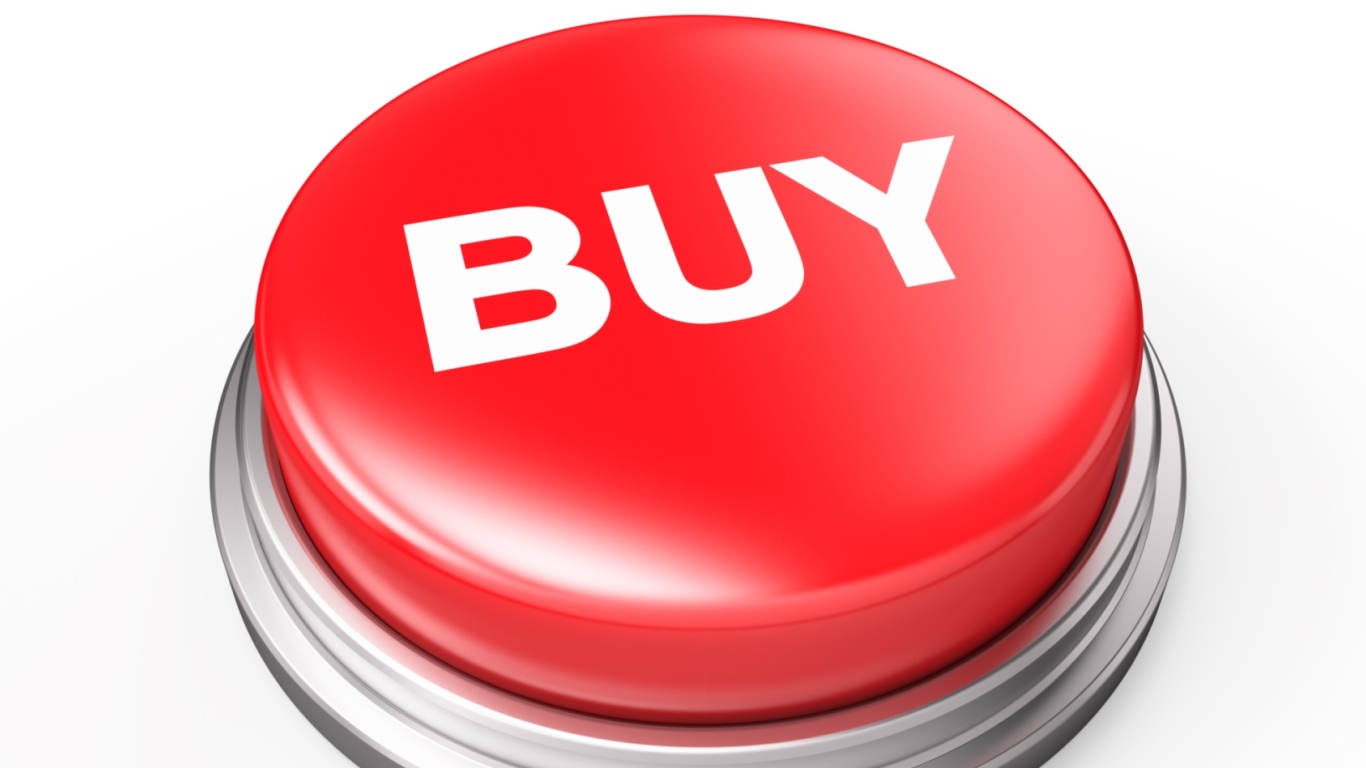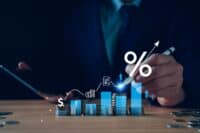
The two most common methods of returning capital to shareholders are via dividends and share buybacks. Dividends have a straightforward benefit because they are sending income back to their investors, and it is often said that dividends can account for a significant portion, maybe as much as half, of investors’ total returns over time. Stock buybacks have come under more scrutiny by the public and politicians in recent years, but companies still aggressively are buying back shares of their own stock.
According to S&P Dow Jones Indices, the fourth quarter of 2018 set a quarterly record of $223.0 billion in buybacks, the fourth consecutive quarterly record. This beat the prior record of $203.8 billion set in the third quarter of 2018, and it was up some 62.8% from the $137.0 billion used for buybacks in the fourth quarter of 2018.
The year 2018 as a whole saw a record $806.4 billion used for buybacks. That’s up 55.3% from the prior year’s $519.4 billion and up 36.9% from the prior annual record set in 2007 of $589.1 billion.
A company will buy back its own shares for many reasons. It can offset employee stock options and can shrink a company’s free float, and it can also be used to artificially increase earnings per share even if net earnings are not growing. It is also a strategy that companies can employ when they think their shares have fallen too much, and in many instances the largest acquirer of a company’s stock at any given time is the company itself. What makes the record buybacks in the fourth quarter of 2018 stand out so much is that the average share prices were in serious decline. S&P put that average share price drop at 5.3%, and this in turn allowed for companies to buy more shares than if share prices had risen.
It turns out that a handful of companies are driving the bulk of the buyback trends. We tracked the largest repurchasers from 2018, and ordered them by companies spending the most on buybacks in the calendar fourth quarter. Additional timelines and dollars spent information have been included on each.
Apple Inc. (NASDAQ: AAPL) has the most cash of any public company, and it has been the largest repurchaser of its own shares. The company spent $10.1 billion on buybacks in the fourth quarter alone, lower than the $19.4 billion spent in the third quarter. Apple spent $74.2 billion on buybacks in all of 2018, up from $34.4 billion spent in calendar year 2017. In the past five years, Apple spent $229.0 billion buying back its own shares.
Oracle Corp. (NYSE: ORCL) continues to overly spend on buying its own shares. It spent $10.0 billion in the final quarter of 2018, down from $10.3 billion in the third quarter. The software giant spent $29.3 billion in all of 2018 on buybacks, a gain of $4.0 billion from 2017.
Wells Fargo & Co. (NYSE: WFC) has been placed on a do-not-grow-assets list by regulators, but the bank has used its cash and weaker share price to keep buying back stock. It spent $7.3 billion on buybacks in the fourth quarter and $7.4 billion in the third quarter. For all of 2018, Wells Fargo’s $21.0 billion spend was more than double the $10.3 billion spent on buybacks in 2017.
Microsoft Corp. (NASDAQ: MSFT) spent $6.4 billion buying its own shares in the fourth quarter of 2018, up from $3.7 billion in the third quarter. Its total spend of $16.3 billion in calendar 2018 was up from the $8.4 billion spent in 2017, according to S&P.
Merck & Co. Inc. (NYSE: MRK) was the top-performing Dow stock of 2018, with a 35.8% total return, but that didn’t keep Merck from spending billions to buy back its own shares. Merck spent $5.9 billion in the fourth quarter of 2018 after spending just $1.0 billion in the prior quarter. For all of 2018, its spend rose to $9.1 billion for buybacks from $4.0 billion in 2017.
S&P also showed the remainder of the top companies spending the most on stock buybacks. We have included the figures on buybacks for the fourth quarter (Q4), the year 2018 (2018) and for the past five years (5YR). These are ranked in order of the largest stock buybacks by dollars spent in the fourth quarter of 2018 rather than just the year as a whole in an effort to reflect more current spending trends:
JPMorgan Chase & Co. (NYSE: JPM) was a tad more aggressive in the fourth quarter of 2018 than its pace for the prior three quarters.
- Q4: $5.928 billion
- 2018: $19.983 billion
- 5YR: $54.851 billion
Bank of America Corp. (NYSE: BAC) kept a steady pace in the fourth quarter compared with all of 2018, but the pullback meant it was able to buy slightly more shares.
- Q4: $5.231 billion
- 2018: $20.094 billion
- 5YR: $42.069 billion
Cisco Systems Inc. (NASDAQ: CSCO) has been impressive with $81.8 billion over the past decade spent on buybacks, more than one-third of its current $232 billion market cap.
- Q4: $5.182 billion
- 2018: $22.936 billion
- 5YR: $46.276 billion
Starbucks Corp. (NASDAQ: SBUX) has been more aggressive lately than when it was still growing its store counts faster. More than half of its buybacks in the past five-year and 10-year periods were made in 2018, and it recently committed even more for buybacks ahead.
- Q4: $5.170 billion
- 2018: $10.709 billion
- 5YR: $18.828 billion
Pfizer Inc. (NYSE: PFE) has remained a steady acquirer of its own shares over time and actually has outpaced Merck’s buybacks over the past five-year period and 10-year periods.
- Q4: $5.030 billion
- 2018: $12.198 billion
- 5YR: $32.035 billion
S&P further pointed out that buybacks were yet again favored over dividends in both the rate of growth and aggregate dollars spent. Howard Silverblatt, senior index analyst at S&P Dow Jones Indices, said:
Companies continued to spend more of their tax savings on these share repurchases as they boosted earnings through significantly reduced share counts. Adding to the share reduction, and therefore the EPS impact, was Q4’s stock price decline, which permitted companies to buy even more shares for their dollars and reduce share count more efficiently.
Buybacks broadened out in Q4, as the top 20 issues accounted for 44.4% of all S&P 500 buybacks, near the recent historical average of 43.7%, down from Q3’s 54.3%, Q2’s 49.7% and Q1’s 49.5%. For the year, however, the top 20 accounted for 42.2% of the buybacks, substantially up from 2017’s 32.3%.
Cash Back Credit Cards Have Never Been This Good
Credit card companies are at war, handing out free rewards and benefits to win the best customers. A good cash back card can be worth thousands of dollars a year in free money, not to mention other perks like travel, insurance, and access to fancy lounges. See our top picks for the best credit cards today. You won’t want to miss some of these offers.
Flywheel Publishing has partnered with CardRatings for our coverage of credit card products. Flywheel Publishing and CardRatings may receive a commission from card issuers.
Thank you for reading! Have some feedback for us?
Contact the 24/7 Wall St. editorial team.



